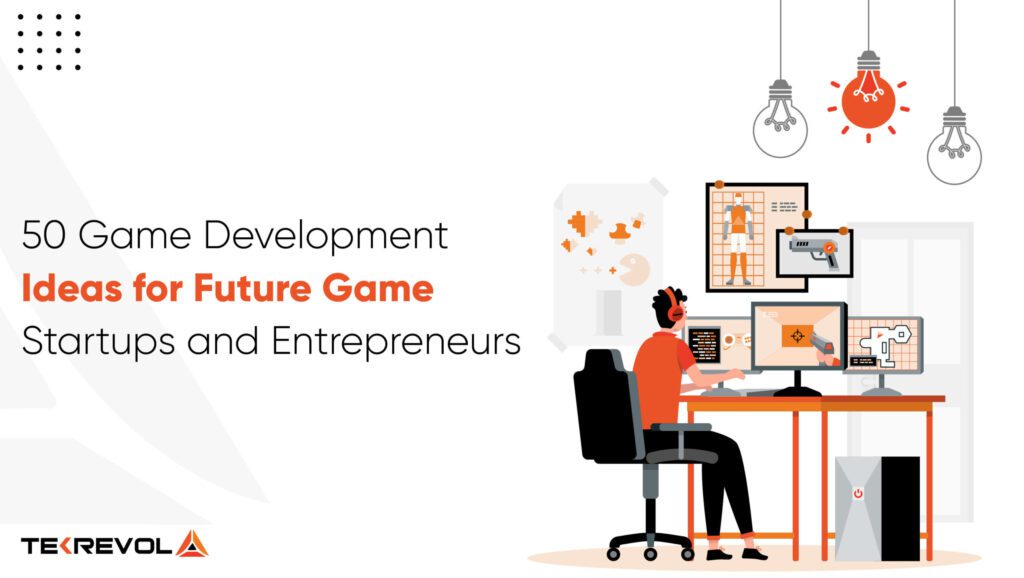Game design is a multi-stage process that starts with ideation and ends with release and support. In the ideation phase, game designers research different genres, analyze competitor games and identify the target audience for the game. Brainstorming ideas follows ideation, and the chosen one enters the design phase to establish the core mechanics of the game. Once the basic mechanics are determined, the actual game building begins during the development phase via coding, art, and sound design. The testing phase involves evaluating the game and refining it before launch, while post-release support addresses any issues that arise once released. Finally, promoting the game through social media campaigns and influencer collaborations in the marketing phase helps drive sales to make the game successful.
From Idea to Interface: The Science of Game Design
Game design is a complex process that involves several stages, from ideation to interface. This article will explore each step in-depth and offer insights into the science behind game design.
The Ideation Phase
Every game begins with an idea. This phase of game design is where the initial concept for the game is developed. This stage involves researching different genres, analyzing competitor games, and identifying the target audience for the game. The ideation phase is essential for creating a successful game, as it lays the foundation for the rest of the design process.
Brainstorming
Brainstorming is a crucial aspect of the ideation phase. It involves generating as many ideas as possible and selecting the one that aligns with the vision for the game. Brainstorming can be done individually or as a team, and ideas can be sketched out or presented in a document. The ultimate goal of this stage is to find a vision that inspires the team.
The Design Phase
Once an idea has been chosen, it’s time to move into the design phase. This stage is where the basic mechanics of the game are established. The design phase is essential for laying the groundwork for the game and establishing the core mechanics that will make the game enjoyable for the player.
Game Mechanics
Game mechanics are the rules and systems that govern how the game is played. These mechanics can include movement, combat, resource management, etc. The game mechanics are the foundation upon which the rest of the game is built. A good game mechanic needs to be intuitive, fun, and balanced, as it will determine how players will interact with the game.
The Development Phase
The development phase is where the game is constructed. This stage involves creating the actual game elements, including the art, sound, and code that make up the game. Development often involves several iterations of the game, as elements are adjusted and refined to create the best possible experience for players.
Art and Design
The art and design of a game are essential for creating a visually appealing and engaging experience. This stage involves drawing and designing the game’s characters, environments, and objects. The art and design of a game need to be consistent across all elements, as it helps to create a cohesive experience for the player.
Sound Design
Sound design is an element of game development that is often overlooked but is crucial for creating an immersive experience for the player. It involves creating sound effects and background music that match the tone of the game, adding depth and emotion to the player’s experience.
Coding
The coding stage of game development is where the game logic is implemented. This stage requires knowledge of programming languages such as C++, Java, or HTML5. Coders need to create clean and efficient code that works seamlessly with the game mechanics and design elements. Coding is often the most time-consuming aspect of game development, as it involves debugging and testing the game for any issues.
The Testing Phase
The testing phase is where the game is evaluated and refined. This stage involves playing the game and identifying any bugs, glitches, or issues that need to be addressed. Testing is essential for ensuring that the game is fun, balanced, and bug-free before it is released to the public.
User Testing
User testing is an integral part of game development. It involves inviting users to play the game and provide feedback on their experience. User testing is essential for identifying any issues with the game that might not have been apparent during development. This stage helps to ensure that the game is accessible and enjoyable for a wide audience.
The Release Phase
The release phase is the final step in game development. This stage involves launching the game to the public and marketing it to potential players. The launch of a game can make or break its success, so it’s essential to have a solid marketing strategy in place.
Marketing
Marketing is one of the most critical aspects of game release. It involves creating a strategy for promoting the game, including social media campaigns, influencer collaborations, and press coverage. A good marketing strategy can help generate excitement for the game and drive sales.
Post-Release Support
Post-release support involves addressing any issues that arise after the game has been launched. This stage involves patching any bugs or glitches and providing ongoing customer support. The post-release support phase helps to ensure that the game is continually updated and remains enjoyable for players.
Conclusion
Game design is a complex and multifaceted process that requires a lot of time, effort, and dedication. From ideation to interface, each stage of game development is essential for creating a successful game. By understanding each stage of the process, you can create games that are enjoyable, engaging, and memorable for players.
